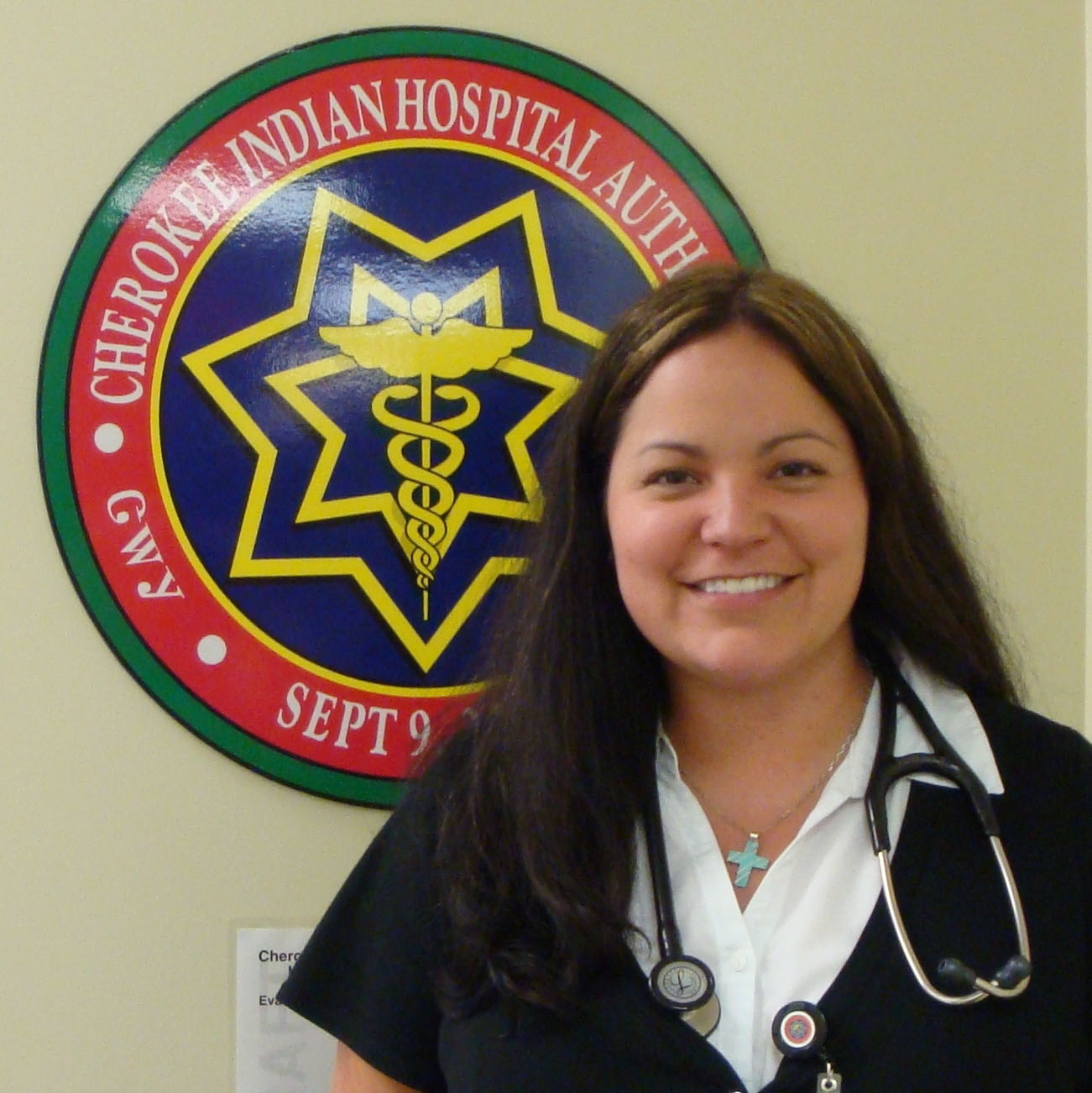November 2018 Blogs
Center of Excellence at Phoenix Indian Medical Center – Achieving Excellence in HIV and HCV Care

November 29, 2018
by Rick Haverkate, IHS National HIV & Hepatitis C Program Coordinator
Many of the health facilities of the Indian Health Service are in rural locations. Among the exceptions is the Phoenix Indian Medical Center. Clinical providers at this hospital in Phoenix, Arizona, see over 140,000 American Indian and Alaska Native patients each year, including patients referred for specialty services from rural locations. Among PIMC’s specialty services is a Center of Excellence focused on advancing and coordinating treatment of HIV, hepatitis C, diabetes, and cancer. ... Continue reading
Take Pride in Your Health with PrEP

November 28, 2018
by Christina Francisco, IHS Division of Clinical & Community Services Student Intern
American Indian and Alaskan Native people have lower survival rates from human immunodeficiency (HIV) compared to other ethnicities and face unique prevention challenges due to cultural stigma and poverty.
... Continue readingDementia in Indian Country

November 21, 2018
by Blythe Sanders Winchester, MD, MPH, CMD
The most common question I get asked is "what is the difference between Alzheimer's and dementia?" Dementia is an umbrella term that includes a lot of different types of dementia including Alzheimer's, vascular dementia, Lewy Body dementia (what Robin Williams had), and frontotemporal dementia. It is also possible to have mixed dementia, which means you have more than one type. The most common type of dementia is Alzheimer's, followed by vascular dementia. Vascular dementia occurs because of issues relating to your blood vessels. This can include strokes, cardiovascular disease, diabetes, and bleeds in the brain. ... Continue reading
Providing Diabetes Prevention, Education, and Treatment Services in Indian Country

November 20, 2018
by Dietrich T. Taylor, Registered Nurse and Certified Diabetes Educator
November is American Diabetes Month. The Indian Health Service has a program specifically tailored to Native communities called the Special Diabetes Program for Indians, also known as SDPI. SDPI was created by Congress in 1997 in an effort to combat the steadily increasing rate of diabetes in American Indian and Alaska Natives. SDPI provides grants to more than 300 IHS, tribal, and urban programs to prevent, educate, and treat the high prevalence of diabetes seen in tribal nations throughout the country. The mission of the program is to provide diabetes treatment and prevention services to American Indians and Alaska Natives.
... Continue readingNorthern Navajo Medical Center Partners to Improve Access to Healthy Foods in Shiprock, New Mexico

November 19, 2018
by Lydia Soo-Hyun Kimm MD, MPH, Department of Health Promotion and Disease Prevention, Northern Navajo Medical Center in Shiprock
Northern Navajo Medical Center’s vision statement is, “we are a community choosing wellness.” A major component of wellness is the prevention of disease. We know that Native American communities have some of the highest rates of food insecurity, obesity, and diabetes.
... Continue readingIHS Announces a New Policy to Expand Access to Medication Assisted Treatment in Remote Locations

November 1, 2018
by Rear Adm. Michael Toedt, Chief Medical Officer
American Indian and Alaska Native communities across the country are being impacted by the opioid epidemic. IHS is working in partnership with tribes to prevent opioid misuse, treat addiction, and support recovery. This includes promoting safe and effective therapies to help patients stop the inappropriate use of pain medications.
... Continue readingSubscribe to get the blog by email:
Required fields are marked with an asterisk.
2025
2024
2023
2022
2021
2020
2019
2018
2017


